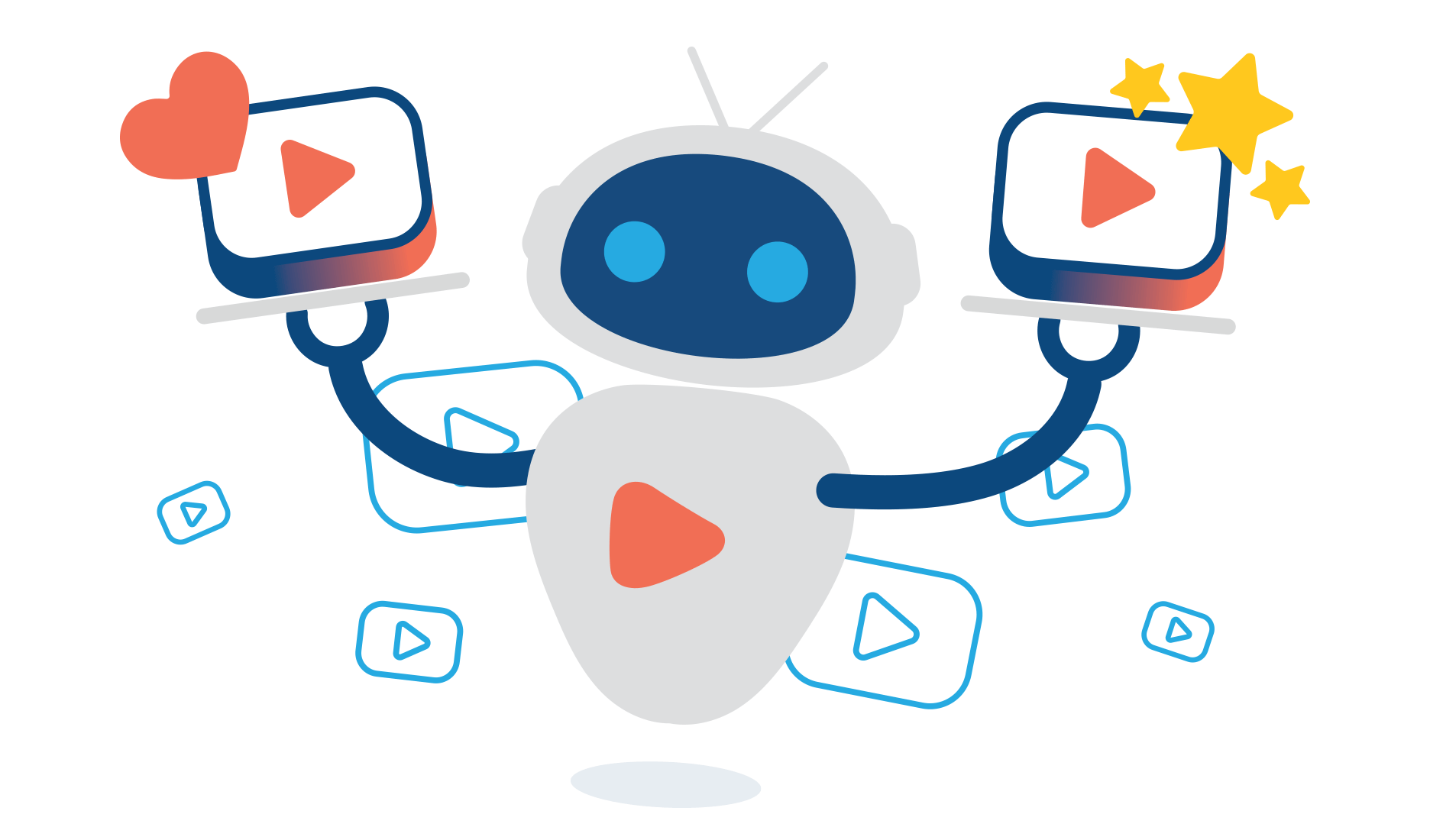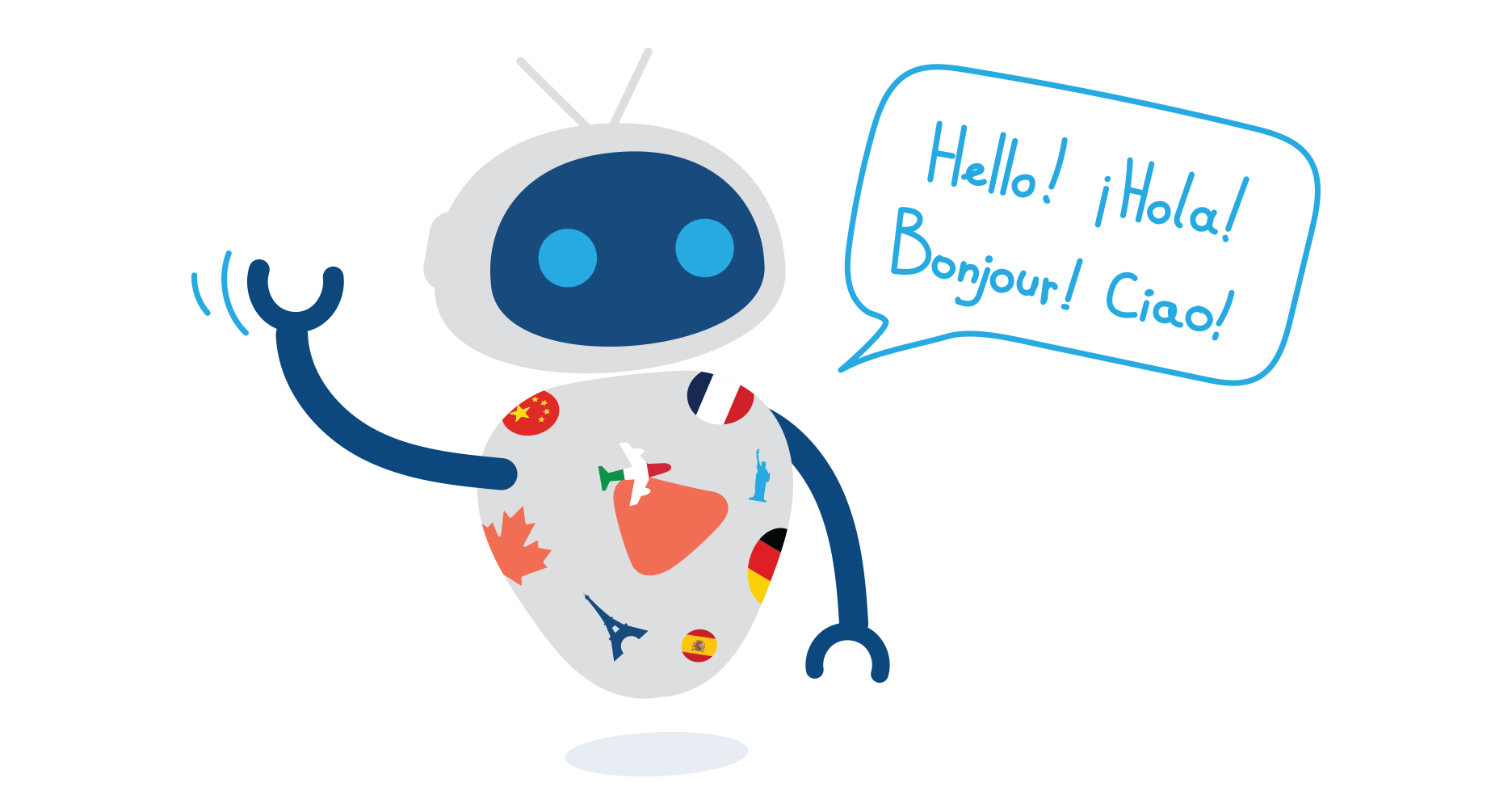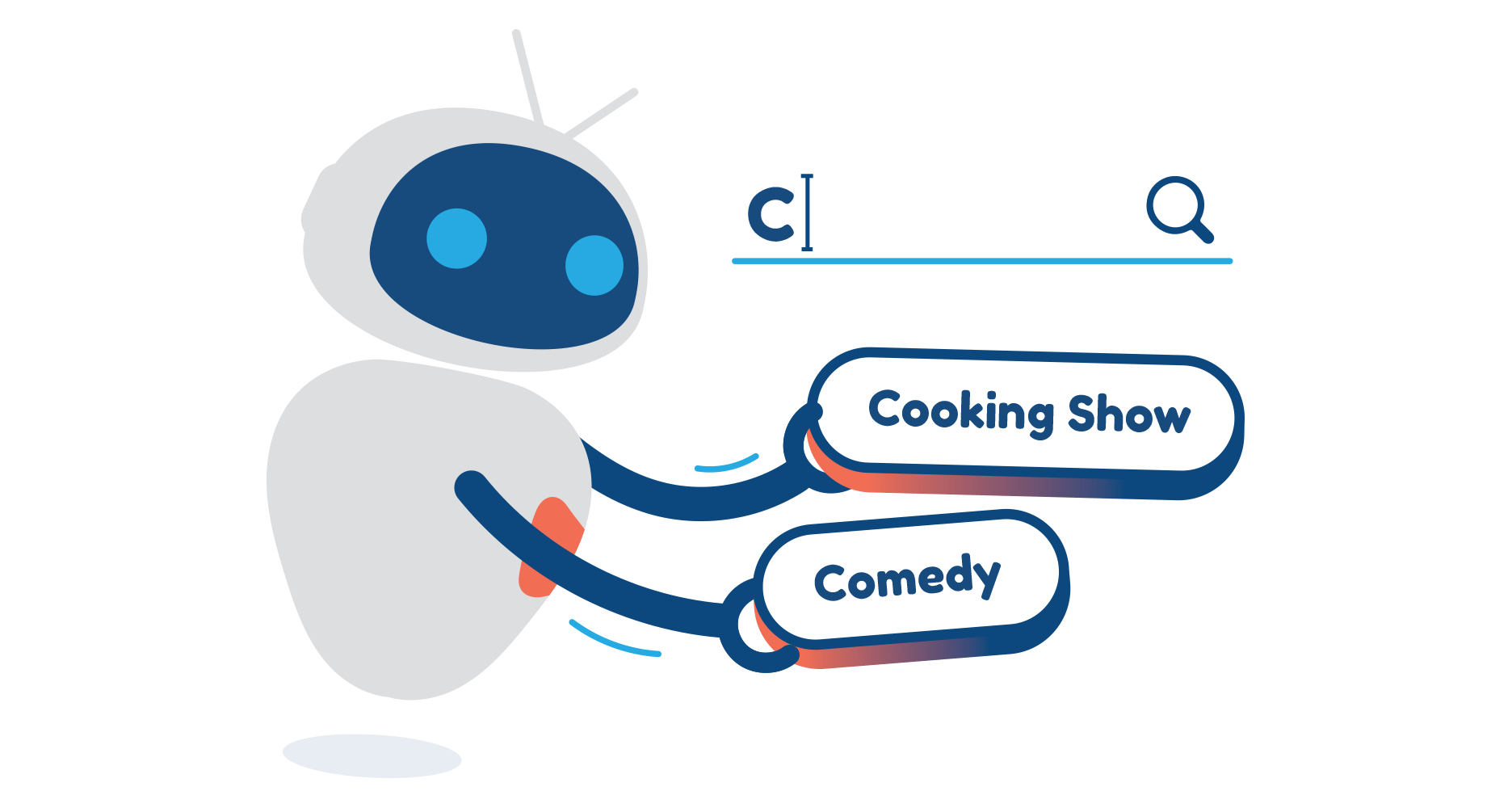

How streaming platforms can use Artificial Intelligence (AI)
There is a boom in AI, proven by the groundbreaking ChatGPT. Beyond chatbots, this article explores effective ways of integrating AI in a streaming ecosystem.
The use of Artificial Intelligence (AI) in streaming platforms dates back to the integration of content algorithms to keep viewers engaged. The release of Chat GPT, an AI-powered chatbot that generates text based on user prompts, has boosted public interest in Artificial Intelligence and its capabilities. Launched as a prototype on November 30, 2022, Chat GPT reached one million users within 5 days, the fastest user growth ever recorded.
AI tools can help platforms to stand out in a highly competitive market. Many processes in video streaming can be managed with Artificial Intelligence, including clip selection, montage, and content recommendations. In addition to these applications, this article discusses some potential uses of AI in the streaming industry, as well as some risks that come from using it.
AI-powered localization
Localization is the linguistic and cultural adaptation of platform elements in order to enter a foreign market. In recent years, the process of capturing, translating, and uploading subtitles has been drastically shortened thanks to AI. Nowadays, content titles, descriptions, and technical details can be sourced via artificial intelligence, but brands should ensure that the AI is using a current dataset with verified information (such as IMDB).
Machine translation might be very accurate, but it is advisable to have a native speaker involved to make sure that the adapted text is readable and does not look automatically generated. Platforms can also use AI to translate social media posts, canned chat responses, catalog information, FAQs, knowledgebases, manuals, and website pages.
In the future, AI will even be used to render the sound of media into different languages without it looking “dubbed”. An early example of this is the Polish movie “The Champion” which used AI to generate two versions of the film (one in Polish and one in English) that were in perfect sync with the audio tracks of each language.

AI for content protection and user experience
Machine learning is also changing how content is secured. AI can identify pirated streams and take them down in minutes. In addition, it can also extract the digital watermarks of pirated content and block users who are abusing the service. This makes it a powerful tool to protect the monetization of video platforms that stream live sports and premium content.
Platforms can use artificial intelligence to improve the way video is encoded. Instead of processing a file using the same settings throughout, the AI can “read” each of the video frames and adjust the settings for maximum compression. This process generates better image quality and reduces costs in terms of data storage and transfer. Users benefit as well since they will experience reduced buffering time and experience uniform image quality across all kinds of smart devices. Axinom Encoding already offers this service through its technological partnership with VisualOn Optimizer.
Artificial Intelligence can now also automatically detect credits and grant viewers the option to skip them to avoid interrupting their watching experience. American streaming service Plex now uses a machine-learning algorithm to analyze every piece of media, find the start of its credits sequence, and instruct the frontend to display a "Skip Credits" button once the viewer reaches that point. All without needing end-users or platform developers to do anything manually.
How to improve the SEO with AI
Content Analysis
Some tools can read existing blog posts to suggest rewrites and identify internal and external link opportunities.
Keywords Management
To make the life of content writers easier, some SEO applications use AI to create tailored dictionaries that suggest keywords based on published websites and user prompts.
Article References
In the past 20 years, creating a single blog involved the integration of several widgets to add additional information. With AI, this can be done automatically since the AI can read the article and add additional content that is relevant such as events, maps, and related articles.
Metadata
Based on a text, AI can also generate metadata (such as meta title and meta description) for a webpage. Some tools can also generate different variations of metadata for the same content piece, which is useful for webmasters exploring different focus keywords.
Website Index Organization
An AI tool can make building up a sitemap a breeze. Beyond automating article tagging and creating subcategories, AI can also give smart feedback on the structure of a website and suggest changes that can improve its readability and SEO ranking.

AI for development
One of the challenges in platform analytics is to sift through mountains of user data. Business managers can use AI apps to create better formulas and queries to obtain better audience insights. From the perspective of development, programmers can focus on complex tasks and let an AI-powered tool take care of tasks such as:
-
Generating code to create simple base code.
-
Expanding backends quicker.
-
Debugging user-related errors.
-
Optimizing existing code.
-
Translating code from one language to another.
-
Simplifying code.
-
Writing test cases.
-
Describing programming alternatives.
-
Writing documentation.
-
Scaffolding new programming projects.
Platforms that will benefit most from using AI in their development are those that have a modular-based architecture. By using a block-based backend, such as Axinom Mosaic, developers can decide which aspects they will manage using AI tools and which will be built without it.
Seasoned tech companies such as Microsoft are investing in AI as a development tool. In January 2023, the company announced a partnership with OpenAI, which includes a multibillion-dollar investment.
Current Limitations of AI
Even though it has many powerful applications, AI also has its own share of limitations. Some of them were deliberately built-in in order to avoid user abuse and illegal applications of the technology, while others are related to technological challenges:
Mature topics are off-limits
Many AI tools for keyword research and content development cannot generate replies to prompts that have keywords related to violence, abuse, terrorism, and pornography.
Can commit copyright infringement
In the case of image generation, it is important to avoid copyright infringement by not appropriating private property, including brands, images, physical resemblance, or works of art.
Requires good instructions
To generate the best results, it is critical to write full, clear, and specific instructions. This might require rewriting a single prompt several times until the AI generates the correct result.
Can be tracked through digital watermarking
Texts written with AI will soon be easily identified through digital watermarking. Some of these identification tools are GPTZero, GPT-2 Output Detectork, and GLTR. Although the Google algorithm does not penalize texts or metadata created with AI, this could change with future updates.
As with every technology, there are many benefits and limitations while using Artificial Intelligence applications. The key takeaway is that to get the most out of this tech, it is necessary to spend time trying different use cases to understand where to integrate AI tools into the existing platform backend. At Axinom, we look forward to collaborating with streaming services that are integrating AI solutions to offer a better service to their audience.








